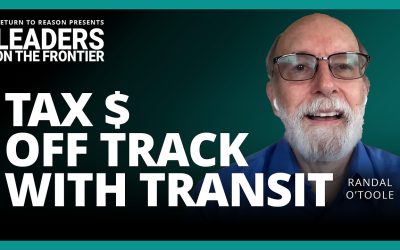People in modern societies generally view unfair lending practices with considerable disdain, in fact, recently there has been intensified efforts in regulatory control to prevent this type of behaviour. For example the government of Saskatchewan has recently introduced tighter restrictions in the Payday Loans Regulations. These changes will reduce the maximum allowable cost of borrowing and limit the fees borrowers can be charged on dishonoured payments.1 The changes are meant to ensure that lenders do not take advantage of borrowers, while payday lending companies generally provide high-risk lending services to individuals, businesses are also subject to the same types of practices.
The financial story of the Meadow Lake Pulp Mill causes many Saskatchewan residents to cringe and shake their heads in disdain. Simply put, it has historically been recorded in the minds of Saskatchewan residents as the “worst deal in the history of Saskatchewan.” The government of Saskatchewan lost their entire investment on this venture close to $1B, if one were to accept the mainstream media, defensive politicians, and special interest groups’ version of the story. However, the actual loss was only about 20 per cent of what Saskatchewan residents were lead to believe. Even more interesting was the type of leading practices that the subsidiaries of the Crown Investment Corporation were engaged in between 1991-2007, during the fourteen years that the Province held a financial investment in Meadow Lake Pulp.
The Saskatchewan government’s actual loss was closer to $316.5M ($259.1M in investment and $57.4M in operational losses) over 14 years. The rest was unpaid interest that was written-off, $649.7M, that was acquired under the lending practice of negative amortization.
“We must not let rulers load us with perpetual debt.” – Thomas Jefferson
Read the entire paper here: FC206_MeadowLake_NV1517_F3



